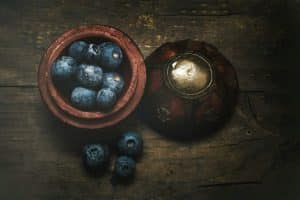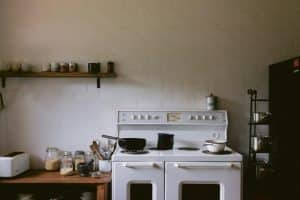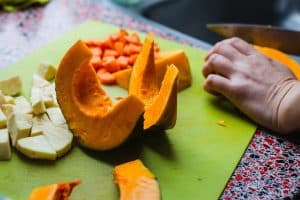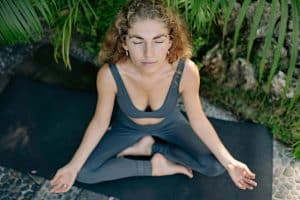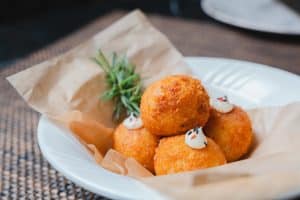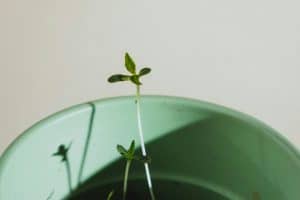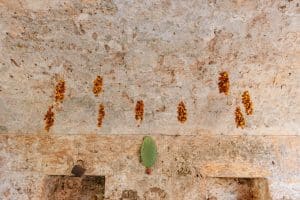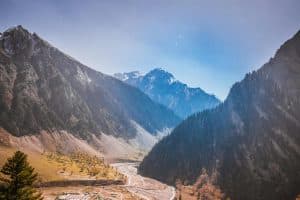Food Photography Equipment: Essential Gear for Capturing Delicious Images
If you’re passionate about food and photography, it’s only natural to combine the two and create stunning images that perfectly capture the deliciousness of your dishes. However, taking professional food photos requires more than just a good camera and a few random props. To truly elevate your food photography game, you need to invest in some essential gear. In this article, we’ll guide you through the must-have equipment for capturing mouth-watering images of food.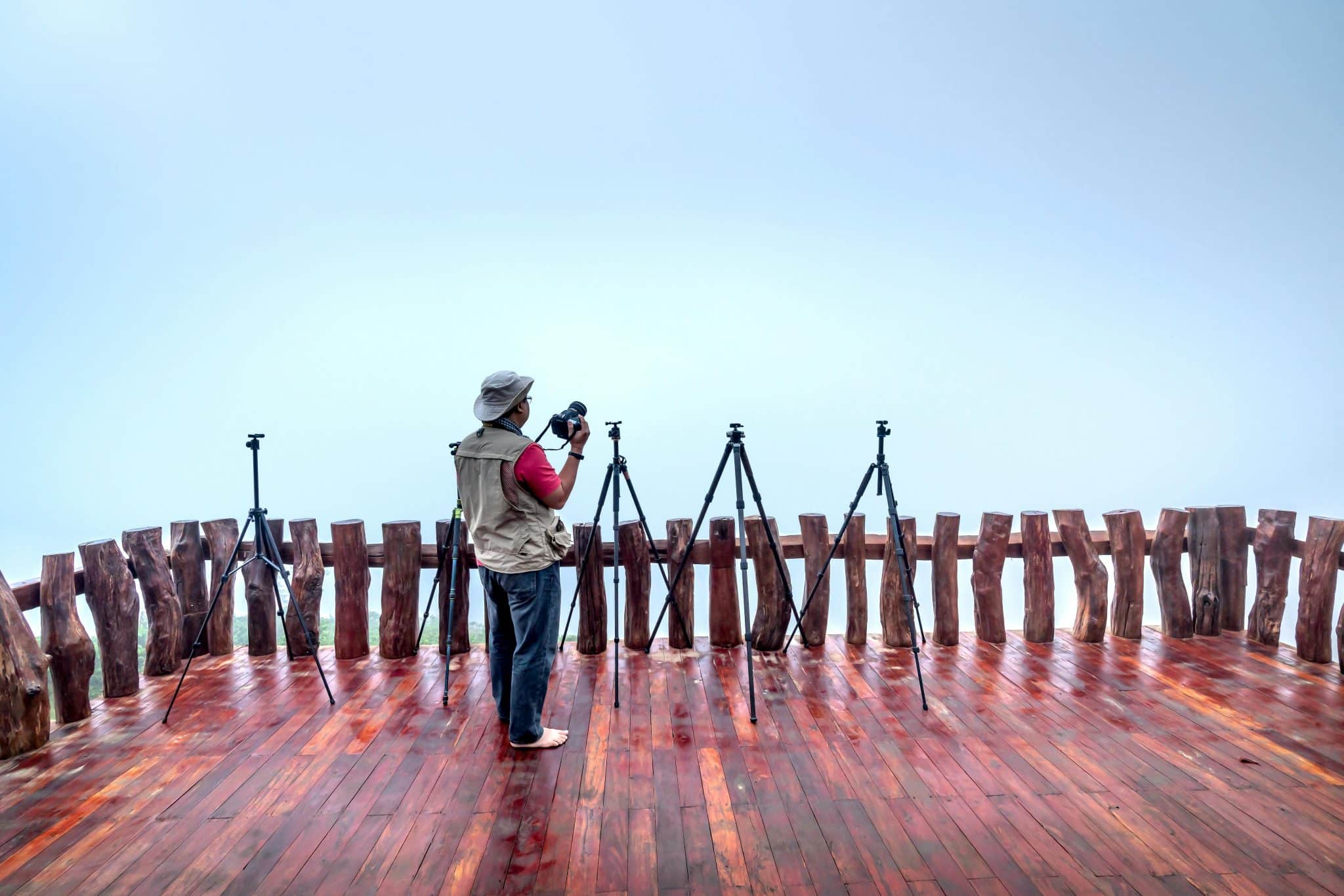
Camera
First things first, you’ll need a good camera to capture your food images. While a basic point and shoot camera or even a smartphone can work, investing in a DSLR would give you more control and produce higher quality images. Look for a camera with manual controls, a good lens, and high-resolution capabilities. Some popular options among food photographers include the Canon EOS 5D Mark IV and the Nikon D850.
Tripod
A tripod is an essential tool for any photographer, but it becomes even more crucial for food photography. It not only helps to keep your camera steady and prevent blurry images but also allows you to experiment with different angles and compositions without worrying about holding the camera steady. Look for a sturdy tripod that can hold the weight of your camera and is easily adjustable for different heights and angles.
Lighting
Lighting is one of the most critical aspects of food photography. Natural light is the best option, but it’s not always available or ideal. Therefore, investing in some artificial lighting is a must. A ring light or softbox can help diffuse and soften the light, creating a more natural and flattering look for your food. Alternatively, you can also use reflectors to bounce and manipulate natural light for better results.
Props
No food photo is complete without some props to add interest and depth to the image. Props can range from dishes and utensils to linens and napkins, depending on the style and feel you want to achieve. Look for props that complement your dishes and add to the overall aesthetics of the image. You can also experiment with different textures, colors, and sizes to create a unique visual appeal.
Backgrounds
The background of your food photos plays a significant role in setting the mood and telling a story. Investing in a variety of backgrounds can help you achieve different looks and styles for your images. You can use anything from a simple white or black backdrop to textured surfaces like wood or marble to add depth and visual interest to your photos.
Lenses
While the camera body is essential, the lens you use can make all the difference in the quality of your food photos. A 50mm or 100mm macro lens is a favorite amongst food photographers as they allow you to capture crisp, detailed images of your dishes. Wide-angle lenses can also come in handy for capturing more of the scene or adding a unique perspective to your images.
Editing Software
Lastly, having access to good editing software is crucial for any photographer, including food photographers. While you want to capture as much as possible in-camera, some post-processing can help enhance the overall look and feel of your images. Popular options include Adobe Lightroom, Capture One, and Photoshop, but there are also many free editing software options available.
Conclusion
Investing in the right equipment for food photography can make all the difference in the quality of your images. While it may seem overwhelming at first, start with the basic essentials and build your collection over time. Remember to always be creative and experiment with different styles and techniques to capture stunning and delicious images that will make your audience want to reach out and grab a bite.

